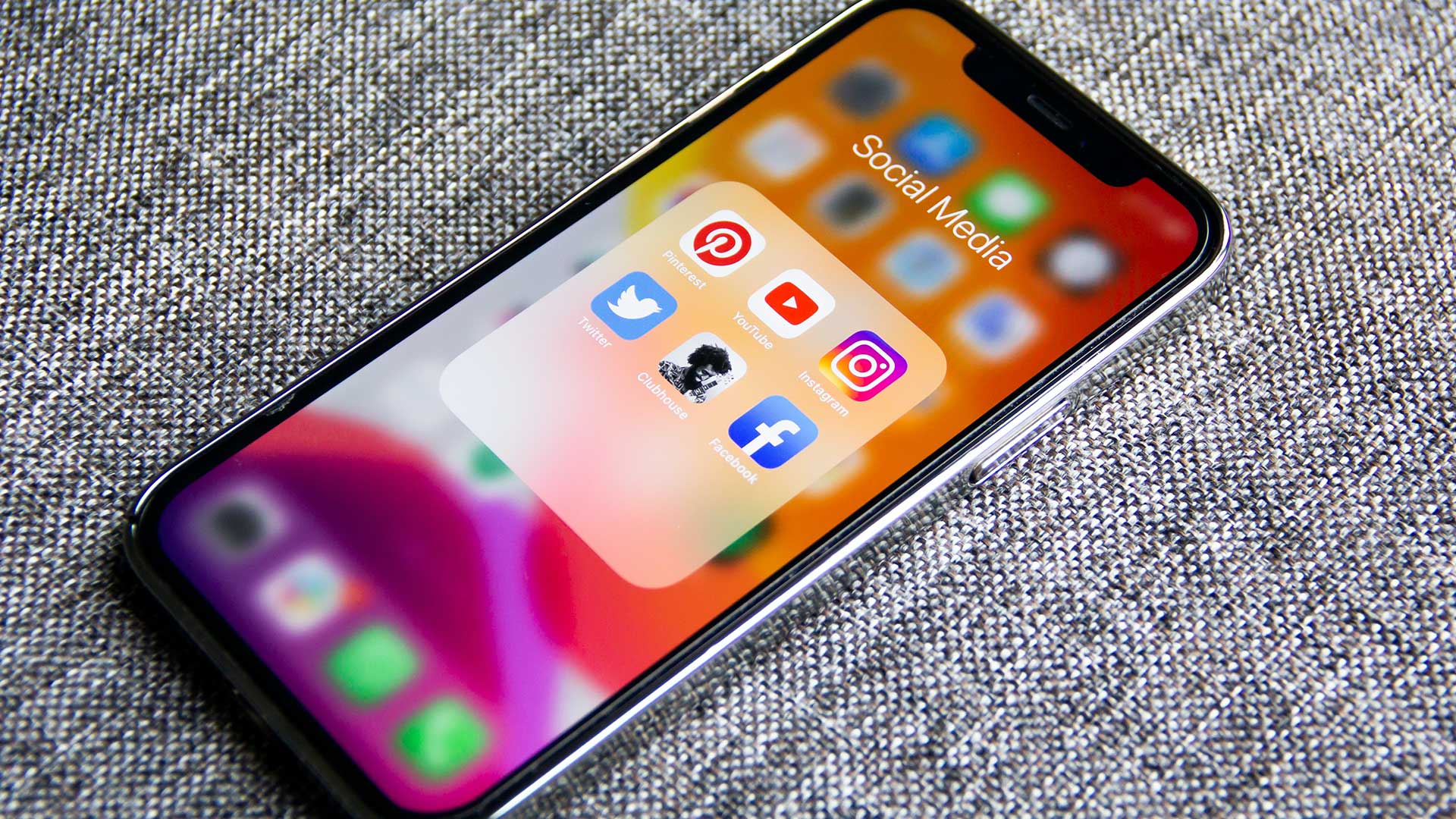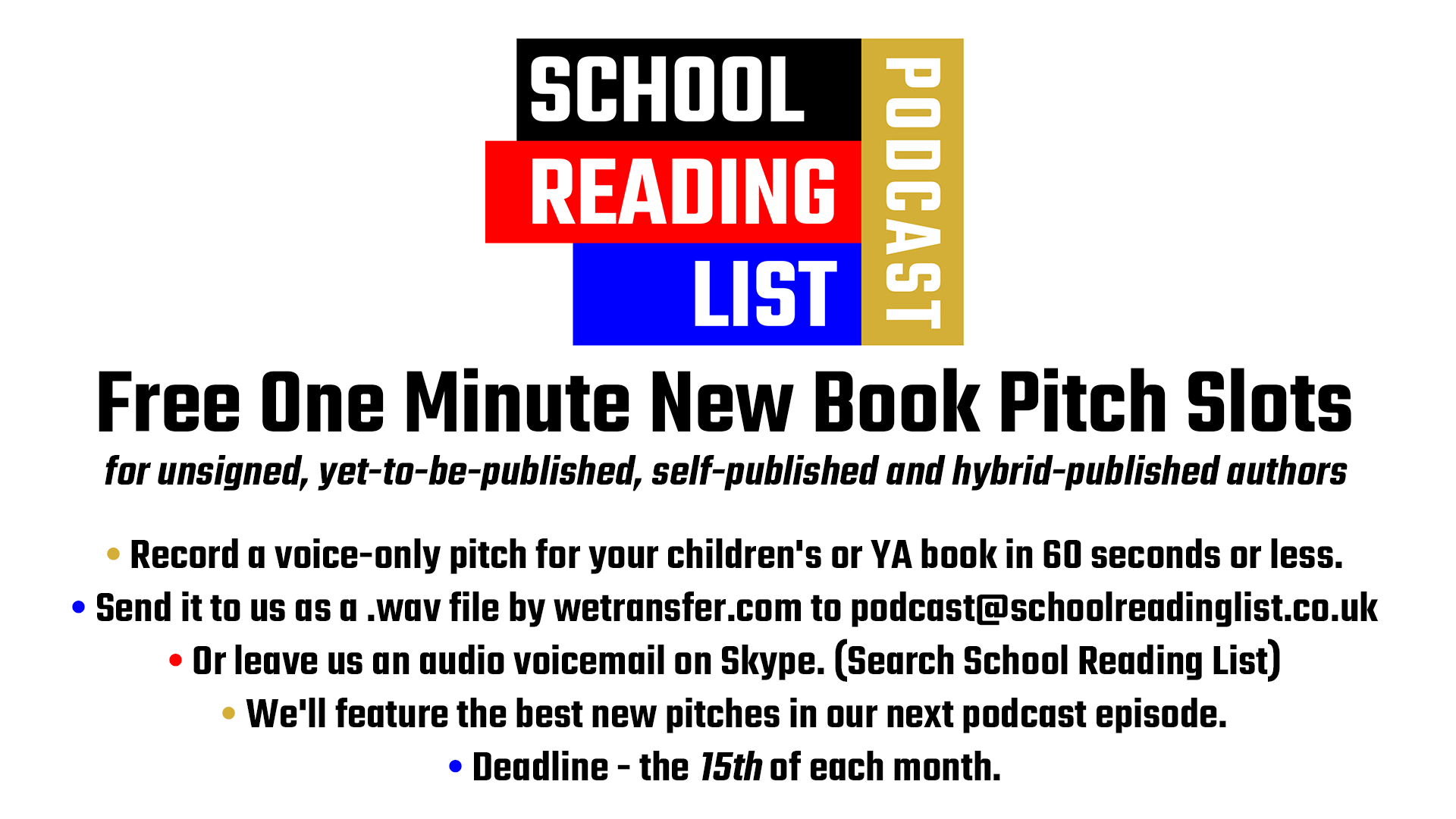
How to promote your new children’s or YA book – some advice and ideas
Promoting your new self-published or independently published children’s book is not an easy task. We know because we receive on average 20 emails per day from new independent authors asking us for a review or advice on how to get their books into UK schools. Even though we read all these emails, and we try to answer as many as possible, sadly, we’re just not able to commit to reviewing every new title.
Although we’d love to be able to review everything, we have to be mindful of our limited resources, and our readership. The School Reading List website is a recommendation website. It’s very important to us that the books we recommend are not only useful to teachers, parents, librarians and schools but also widely available to them. It’s no use us recommending a book that people are going to struggle to locate or buy. So when we do recommend an independently or self-published book, it’s not only essential that our readers will find it easily in a variety of bookshops, but also crucial that the book is widely available to allow recommendations and word of mouth to spread.
How to ensure teachers and schools can buy your books
Online retailers might have up to eight copies of a children’s book at any one time. For bestsellers, they might stock 50 copies. If you were to try any order more than 50 copies, many online stores will either limit the quantity you can buy or place the titles on ‘backorder’. That’s a real issue for schools, which might decide to buy a lot of copies of a particular title to cover a whole year group. In a small primary school, a year group order might be 30 copies, in a large secondary, it could amount to more than 200 copies.
A physical bookshop might only have one copy available, but they can order an unlimited number of copies provided the book is sufficiently in stock from a wholesaler, such as Gardners.
UK bookshop org, is particularly useful for schools because it doesn’t restrict online purchase quantities. It uses Gardners for all its bulk order fulfilment. This is ideal for schools because it means that any quantity of books can be ordered.
Additionally, there are still some schools stuck in the dark ages of using paper invoices for purchasing, and they are not always allowed to buy resources online using card payment. This is another reason why – to attract the schools market – children’s books need to be widely available from a variety of online and offline sources.
How to ensure your children’s books are stocked by a wholesaler
Our advice – ensure the book is available on the big UK online book retailers, especially Uk Bookshop org, Amazon and Waterstones. But most importantly of all, ensure the book is stocked by the big wholesalers and distributors, such as Gardners. There’s a guide here on how to get your self-published book stocked by Gardners.
Some observations and tips for self-published and first-time authors from an experienced book blogger
Word of mouth is still the best approach to create a ‘book buzz’ and promote your new title. But be sure your ‘buzz’ is genuine unsolicited engagement and not an echo chamber of confirmation bias. The first will buy your books. The second will cost you your books.
Self-published children’s book marketing: what works
It’s essential to get evidence of real sales and evidence of a significant amount of quality unsolicited engagement with your demographic market. Potential agents, publicists or mainstream publishers, will be far more interested in real metrics than ‘noise’ or ‘buzz’. And if your goal is to continue to ramp up an existing self-publishing model, you must have real figures to use for your projections and financial calculations. Counting like, retweets and shares isn’t a good way to convince your bank manager or investors. Real sales and demographic metrics are.
Online marketing
- Concentrate your efforts on securing new traffic, new readers, and new sales.
- Try to garner web reviews on sites with a high readership, a high reach and actual sales potential. For example, Goodreads, Amazon, or larger niche market user-generated content sites such as Toppsta,
- Pursue direct engagement with schools and school communities. Find out what they need. Ask them directly on social media.
- Offer free downloadable resources and relevant lesson plans built around your book. Be sure to target all age groups, and all abilities, and make your content inclusive. Keyword your resources to ensure they appear in search results.
- Make your downloadable resources suitable for use as one-off cover lessons, mixed age groups, or supply teaching, to ensure your activity is used and reused. Reply to social media requests for resources and advertise your content.
- Include homework extensions, competitions, home learning options, and extracurricular activities to ensure your book extract and activity goes home. Include all resources on your website, and social media.
- Offer to speak in the school also and do a book signing before and/or after school. Advertise and promote online.
- Offer to speak at school fetes, PTA events etc. Advertise online.
- If you have a sport, arts, music, or performance-related book, offer to turn up and present at sports, arts or performance events. Advertise online.
Offline marketing
- School newspapers, newsletters and magazines. One large school’s in-house newspaper or magazine might well have a readership of 2000+.
- Get featured in your local newspaper. Local papers often have a 50k+ adult readership.
Get interviewed on your local radio station. Local radio often has a 250k+ adult listenership, often higher if they have on-demand content such as podcasts. - If you run an event or competition, try to get your local TV involved. Regional TV often has a reach of 1m+ adult audience.
For example, you might want to:
- Run a writing competition that makes use of your book. Promote it to local media and schools. We can also help you promote it on our children’s writing competitions page. Offer a prize that not only rewards the winners but offers potential for publicity. For example, offer not only a prize, but a writing workshop opportunity, or the chance to name a character in your next book or a presentation event that offers entrants from lots of schools to celebrate the competition.
- Offer to speak to or in schools about on-trend and in-demand issues in society and education that relate to your book – for example, bullying, discrimination, LGBT rights, and protecting the environment.
- If you succeed with the above, the internet links generated should be enough evidence for you to create a Wikipedia page.
- If you generate the above coverage and a Wikipedia page, you should be able to achieve a ‘blue tick’ profile on social media platforms that offer verification.
- Always consider who is likely to buy your book. Children don’t buy books. Parents, grandparents & other relatives, schools & libraries, and teachers buy children’s books. In that order. Depressingly, you need to focus most of your attention on the adults!
- If you do decide to give lots of books away, make sure they are signed. People are far less likely to throw away a signed book.
Self-published children’s book marketing: what doesn’t work
- Niche market blog tours – small-scale blogs tend to have very few readers, even fewer new readers, and even fewer readers for ultra-specific posts that quickly drop off the blog’s front page – such as a new (then old) book review. Consider how many people you expect to read a review of a book. A blog tour might result in less than 100 people reading reviews of your book. A clickthrough-to-purchase ratio of 1.5% is considered good for children’s books. Is one and a half sales for organising a week-long blog tour worth it – bearing in mind you’ve given away seven copies of your book for reviews?
- Social media sweepstakes and giveaways. These are classic examples of preaching to the converted. They offer very little real engagement. They won’t result in sales of your book. They will result in a lot of people following you in the hope of receiving a freebie. They will also result in you giving away your book stock and paying a small fortune in postage. There’s no hard evidence to suggest sweepstakes work as a book marketing tool, and very little logic to even suggest they might work. Sweepstakes and giveaways are also a potential legal minefield if you don’t know what you’re doing. Have a look at the CAP code guidance. Consider this – do you have a robust system in place to safeguard data protection, and GDPR and prove that your “winner” has been selected fairly and randomly? Ticking all the boxes for a giveaway is far more difficult, and expensive than you’d think, and offers very little, if any, marketing reward.
- Be wary of confirmation bias from a bubble. It looks great, and feels great – but it won’t fool anyone in the industry who wants to take a cold hard look at real engagement metrics to try and derive an idea of actual market sales potential.

How the School Reading List can help with your new children’s or YA book
Free one-minute new book promotion slots on our children’s literature podcast
- For unsigned, yet-to-be-published, self-published and hybrid-published authors, we have a free slot on our podcast for you!
- Record a voice-only pitch for your children’s or YA book in 60 seconds or less.
- Send it to us as a .wav file by wetransfer.com to [email protected]; or leave us a free voice note message via SpeakNote.
- We’ll feature the best new pitches in our next podcast episode.
- Be sure to let people know how and where they can buy your book and what age group it’s aimed at.
- Deadline: the 15th of each month.
Free open-mic slots on the School Reading List podcast
Did you know we can offer free “open-mic” style guest slots on our podcast?
If you are interested and you would like to submit a voice-only monologue for inclusion in an upcoming episode of the School Reading List podcast, do get in touch with us by email to discuss your idea!
Your monologue might be:
- An enthusiastic 5-10 minute promo introducing and promoting your new children’s or YA book.
- A passionate op-ed style think-piece about a current issue in English teaching or literacy education.
- An in-depth feature about a reading-related app or gadget you might have developed or used recently.
- Something else that you have a burning desire to talk about and tell to the world!
We can only accept “wav” files recorded in mono at 16-bit 44kHz or 24-bit 48kHz sample rate. There are various free apps for your computer or phone that make it easy to record and download high-quality sound files.
- Audacity is a free application for Windows and Macs that will record high-quality sound files. Cleanfeed is a website app that offers free facilities to record and download a ‘piece to microphone’ using your laptop or computer.
- And it’s even easier if you have a mobile device or smartphone. Auphonic Recorder (iPhone) & Auphonic Edit (Android) are recommended, and Garageband by Apple is also an option for iPhones and iPads.
- Sound files tend to be large and cannot be sent by ordinary email. Instead, we recommend WeTransfer, OneDrive, DropBox or GoogleDrive to share the sound file with us.
Once we’ve received and downloaded your sound file, we’ll take care of the audio mastering and mixing for inclusion in a forthcoming episode, and we’ll let you know when it’s been published and unleashed onto the wider world!
Podcast open mic and monologue terms. Any submissions must be voice-only. We cannot accept content with music or sound effects. Please remember this is a children’s book podcast. We cannot accept political, religious, discriminatory, misleading, indoctrinating, offensive, or inappropriate content. Please see our podcast host’s terms of service. Any content must be performed by the submitter, who must be an adult over the age of 18. Also, we cannot accept any content that is not compatible with teachers’ standards or could bring the teaching profession into disrepute.
Tag us or mention us on Twitter
- If you tag or mention us (@schoolreading) in your book promo tweets on Twitter, we’ll make every effort to give you a retweet or like when our team is online.
Children’s and YA book courses and services
(Note this website may receive affiliate fees from any purchases made using links to courses and services below)
- Udemy runs a practical and useful online course that will teach new children’s and YA authors how to plan, promote and present author visit events in schools; including advice on what schools and teachers are looking for, how to engage with students, and how to make sure you get paid.
- Ingram Spark offers a free guide containing which explains how to market your self-published book using traditional methods and social media.
- BBC Maestro runs an online course headed up by Julia Donaldson, who offers invaluable advice on how to create, develop and complete a children’s picture book.
- Skillshare runs a comprehensive book marketing and promotion course, covering planning, illustration, design and social media.
- There are always aspects of creating, publishing and marketing a children’s book that will be beyond your skill set. Fear not! Fiverr offers a plethora of freelancers who can help with social media promotion, design, video tasters audio trailers and more.
- If you want to sell your new children’s or YA book from your website, using E-Commerce, Shopify offers a helpful guide to starting and running a children’s book business online.
- TikTok is one branch of social media that has proven to be an effective way to market juvenile books, especially teen and YA titles. This course, run by Udemy, offers comprehensive step-by-step tutorials for creating engaging videos with the potential to ‘go viral’.
If you found this guide for self-published authors on how to promote your new children’s book to be useful, you might also be interested in reading our directory of UK children’s publishers, our rundown of annual children’s book festivals and literary events, our guide to children’s literature awards, our list of writing competitions for children, and our list of great children’s literature blogs to follow.


